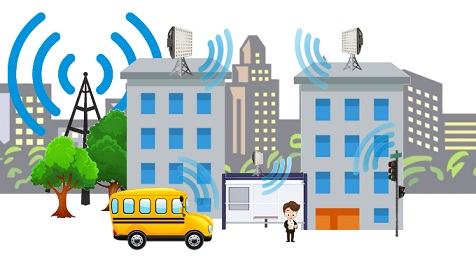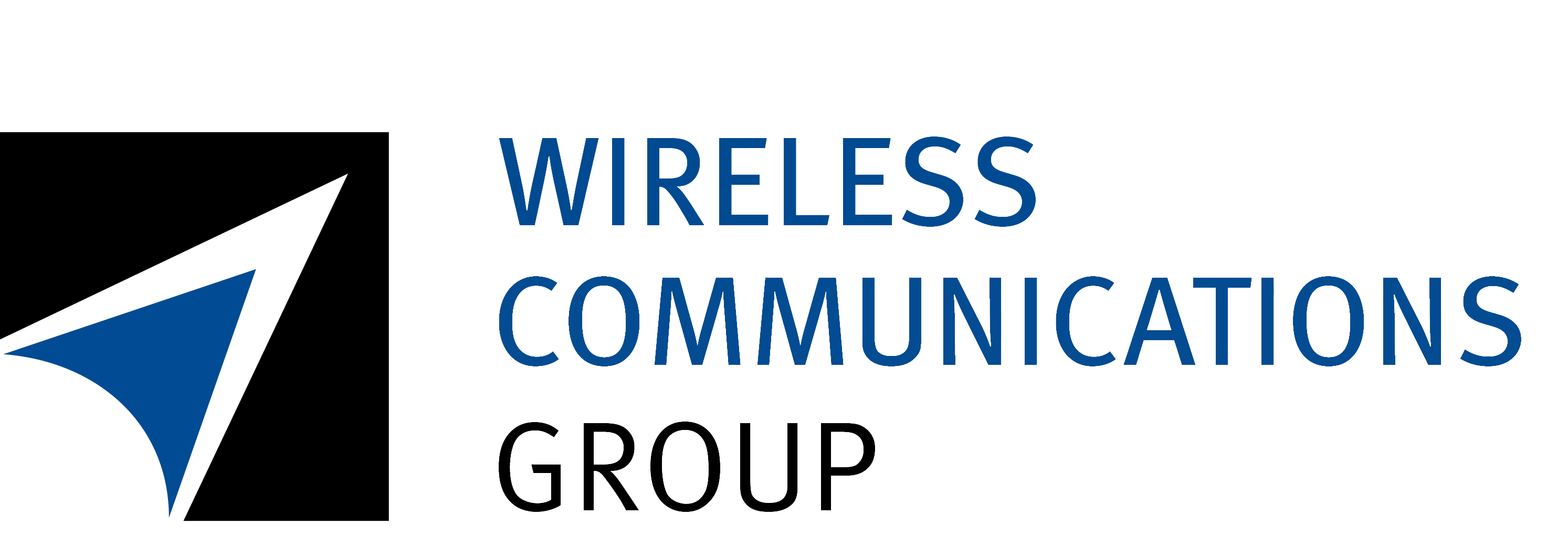In the same section
-
Share this page
Electromagnetics and exposure
Problem statement
Waves emitted by cellular base stations, broadcast emitters, TV antennas and any other type of emitting antennas reach people bodies.
In each country, exposure limits are defined, based on the recommendations of the International Commission on Non-Ionizing Radiation Protection (ICNIRP). Whenever a new antenna has to be placed, it must be checked that, in no place, the electromagnetic field exceeds the legal limits. The tools that can be used for a priori studies are for example ray-tracing or stochastic geometry. For antennas already placed, field measurements are regularly made to verify that the exposure thresholds are never reached.


Contributions: Stochastic geometry modeling
Knowing the public exposure to electromagnetic field in each place, at each time, in a deterministic way only, is impossible because of many sources of variability : number of base stations in operation, geometry of the environment, weather conditions, presence of people and vehicles causing shadowing… 5G-related technologies such as dynamic beamforming, changes in network topology due to new 5G base stations and the growing number of connected objects also emitting waves are all new sources of spatial and temporal variability. Stochastic Geometry recently appeared as an ideal tool to take variability into account in field exposure studies. Analyzing the spatial distributions of base stations from different services, and using a propagation model, a statistical distribution of the exposure can be obtained. This gives for example the probability to reach an exposure threshold on an area of some km².
Contact
- Quentin Gontier
- Pr. Philippe De Doncker
Scientific partners
- Université catholique de Louvain, Louvain-la-Neuve, Belgium (Pr. Claude Oestges)
- Télécom Paris (Pr. Joe Wiart)
Research funding
- ANSES AMPERE Project
- MUSE-WINET: MUlti-SErvice WIreless NETwork The Excellence of Science (EOS)
- STOEMP: Stochastic geometry modeling of public exposure to EMF (Innoviris)
